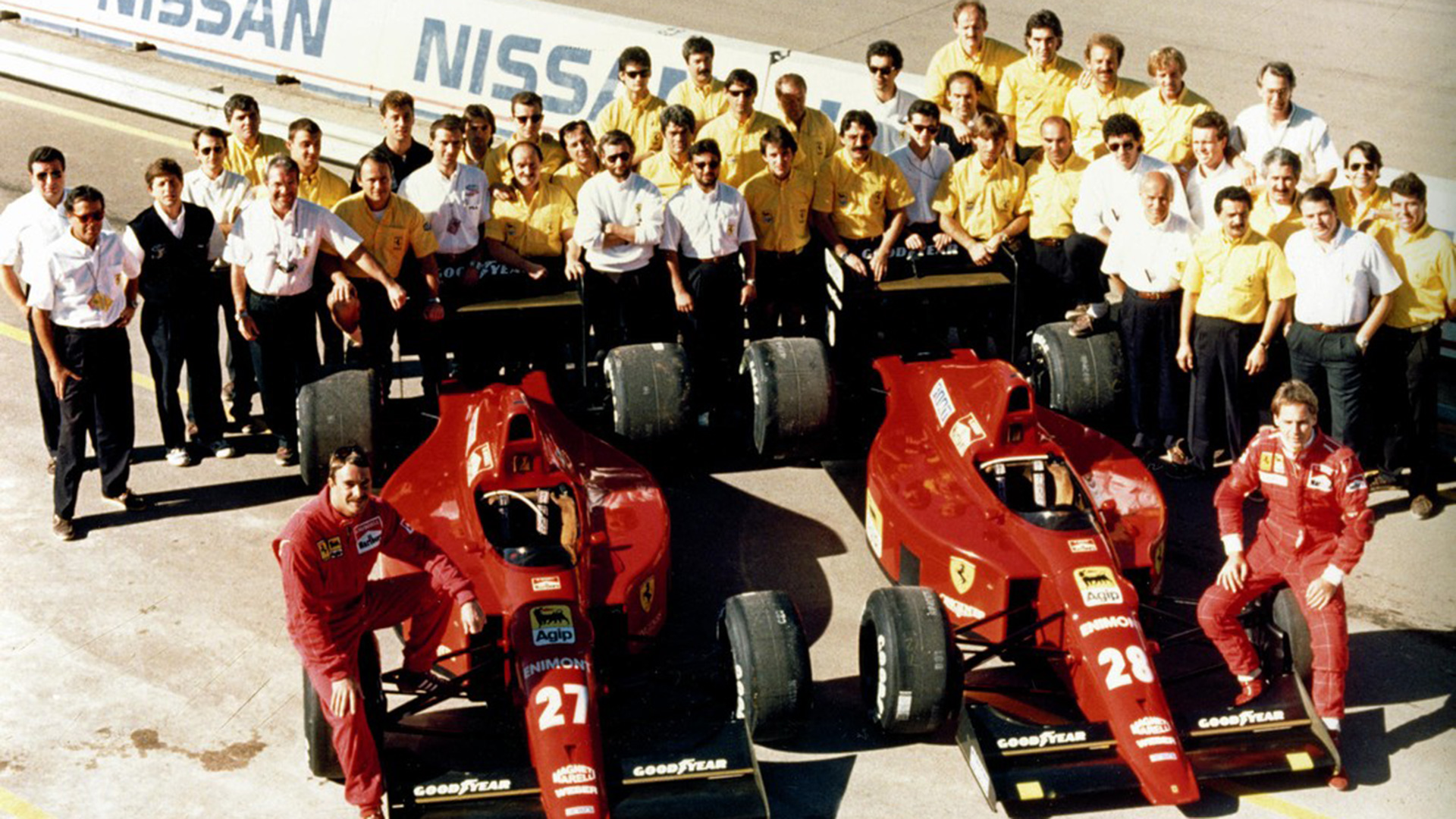








DAY OF FAREWELL
ENZO FERRARI DIES ON 14 AUGUST



DAY OF FAREWELL
The founder of the Prancing Horse died aged 90 years and 178 days, leaving clear instructions for the funeral ceremony and how to communicate the event. As always in life, even in anticipation of death Enzo Ferrari left nothing to chance.

The year started out as ever, with Ferrari as always with his nose firmly to the grindstone. He loved to work. Except for a few day trips to Viserba di Rimini, where he owned a home, he never went on holiday. One of the days he hated most was Ferragosto, Italy’s August Bank Holiday, when everything stops. On 14 January, accompanied by his loyal driver Dino Tagliazucchi, he went to the Maranello town hall for a very important meeting. He and the Mayor of Modena, Alfonsina Rinaldi, signed the papers authorising the demolition of the old Scuderia headquarters in Viale Trento e Trieste. A little over two weeks later he made his final public appearance, when on 1 February he received an honorary physics degree from the University of Modena. The ceremony took place at the city hall and what struck the keenest observers present was that Ferrari looked exhausted. It seemed that the years had finally begun to catch up with him. Just over two weeks later he celebrated his 90th birthday, an event that gives us a good idea of how the founder saw things. There was to be no public ceremony, no authorities invited to participate, but simply a “family event” open “to people on the payroll,” as Ferrari ordered. The family sat down to eat on the production lines with about 1700 people, with a huge field kitchen outside. Employees received a model of the F40, the last car personally signed off by Ferrari, along with a silver commemorative medal. The menu was typically Emilian: ham, sausage, cracklings, mortadella, fried dumplings and pickled vegetables as an hors d’oeuvres accompanied by Malvasia wine; tortellini pasta with cream and lasagne for the first course and Zampone of Modena with beans and a veal cutlet with baked vegetables for the main. The meal was accompanied by Lambrusco wine. It concluded with birthday cake and sparkling wine for the toast.
Ferrari enjoyed the company’s affection, but a few weeks later his health took a turn for the worse. The clinical picture was badly complicated by kidney failure that meant him spending long days at his home in Modena on dialysis. His trips to Maranello were sporadic and in June, when Pope John Paul II visited the company, he only spoke to the pontiff by phone. Piero Ferrari accompanied the Pope on his tour of the factory. Enzo followed the summer grands prix from his bed at home and passed away at 7 am on 14 August. As the founder himself had ordered, the news of his death was not announced until the following day after 8 am, by which time the funeral had taken place. Only a very small number of people were invited to attend, whom Ferrari personally included on a handwritten list. And in what was almost a final “prank” for lovers of Ferragosto, such as journalists, Ferrari made the media work like never before on this public holiday. The announcement of his death, even though the Internet was not yet widely used, went around the world and dominated the headlines.
Just under a month later, with the grieving not yet over, the Italian GP was staged at Monza. The Ferraris started from the second row, behind the unbeatable McLarens of Ayrton Senna and Alain Prost. Up to that point the British team had amassed eight one-twos in 11 races and looked capable of winning all 16 rounds. However, the unexpected happened at Monza: Prost’s engine went up in smoke at mid-race while Senna, who had a huge lead over the two Ferraris, ended up out of the race after a misunderstanding with the Williams of the lapped Jean-Louis Schlesser, four laps from the end. Gerhard Berger crossed the line first ahead of the other Ferrari of Michele Alboreto. It was clear to whom the drivers and team dedicated the win and all the newspapers the next day spoke about a victory ordained from on high…